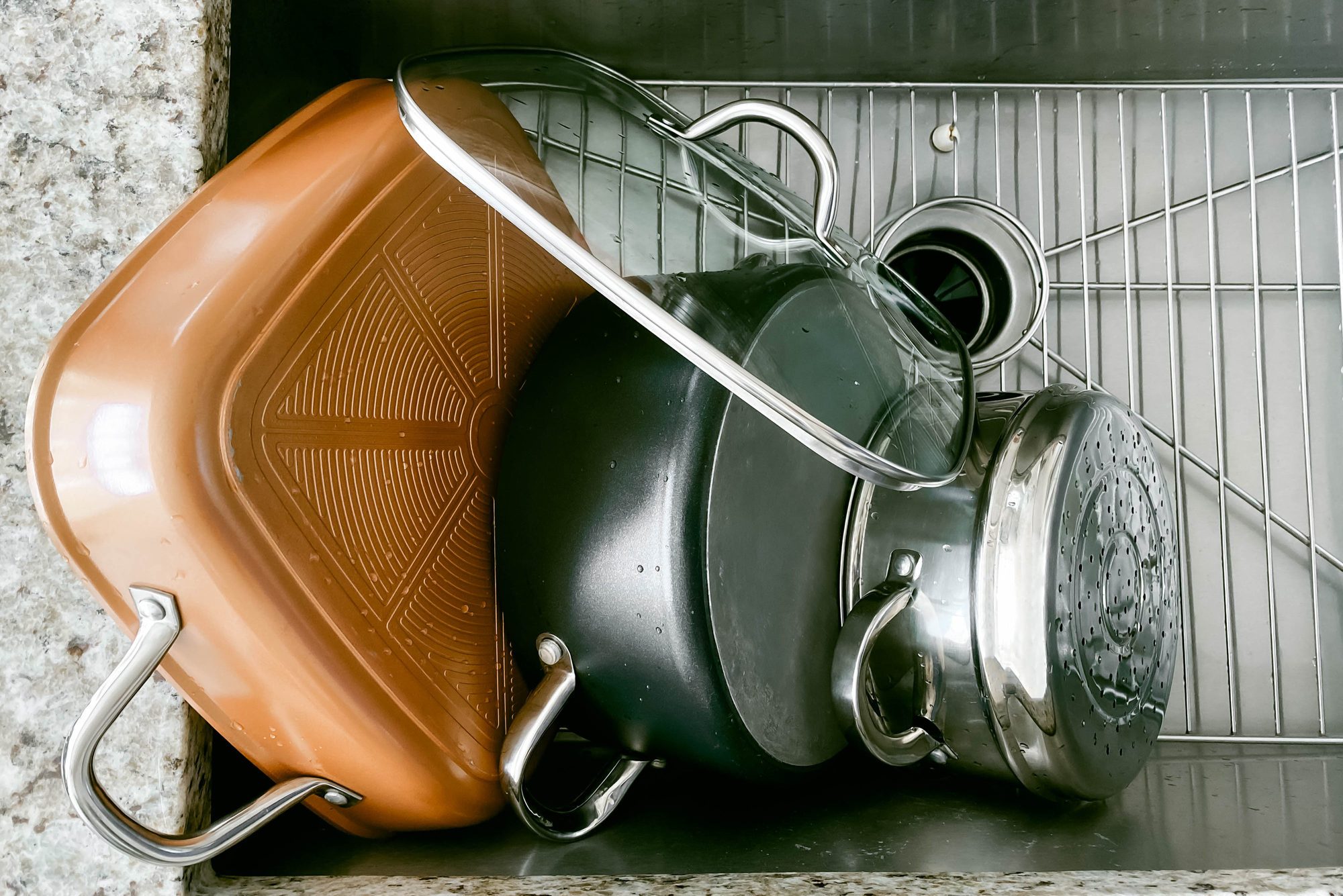 via smithey.com
via smithey.com
Carbon steel is the lighter-weight cousin of cast iron, so it has many of the same benefits, like incredible durability and heat retention, but it’s easier to handle, says Will Copenhaver, vice president of marketing and sales for Smithey Ironware. Because of these qualities, many restaurants prefer carbon steel cookware. Like cast iron, it can go in the oven and requires seasoning.
Smithey offers a lightweight carbon steel “farmhouse” skillet inspired by 18th- and 19th-century designs, and it’s actually hand-forged by a blacksmith. And people adore it, raving that it’s “amazing, marvelous, beautiful, and utilitarian” and so gorgeously crafted that it’s “like a piece of art…an instant family heirloom.”
Avoid: Tomato-based dishes, especially if your carbon steel hasn’t been properly seasoned first.
Best for: Because of its ability to hold a steady high heat, it is excellent for foods requiring a good sear, including steaks, burgers, and scallops. Carbon steel is a great material for woks. It can also be great for roasting anything from asparagus to a whole chicken.






























